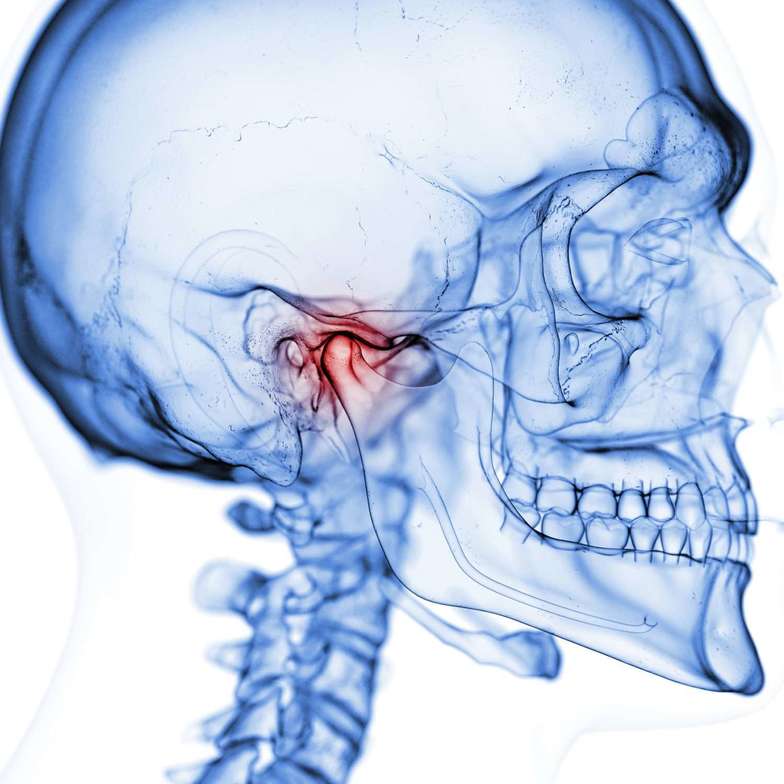
The TMJ ( temporomandibular joint) is the most used joint in the body. Think of how often you use your jaw while eating, swallowing and talking over the day. Like any other joint it is subject to wear and tear with sprains and strains of muscles and ligaments and arthritis in the joint. This can cause changes in the way the joint moves and eventually pain.
Symptoms of TMD can include:
- Jaw pain and tenderness.
- Jaw locking.
- Clicking or popping of the jaw on opening and closing.
- Pain on yawning, biting, excessive talking or chewing.
- Earache with a feeling of fullness in the ear.
In addition TMD can contribute to:
- Headaches.
- Neck pain and stiffness:
- Shoulder pain.
There are many causes and factors that can contribute to TMD. Often we see several of these which together can magnify symptoms. These are:
- Poor posture ( prolonged sitting in a slouched position with head forward and rounded shoulder.
- MVA’s (motor vehicle accidents).
- Malocclusion (overbite and loss of teeth.
- Stress and anxiety.
- Blows to the head (concussions).
- Overuse, chewing gum, biting nails, excessive talking.
We offer a multidisciplinary approach that can include:
- Physiotherapy
- Osteopathy
- Massage therapy and
- Acupuncture
Initial assessment includes a postural exam to ensure there are no restrictions in other areas of the body causing postural strain and asymmetry. e.g. restricted mobility in other areas of the spine can cause postural strain. Tension in the fascia on one side of the body can cause tension on the TMJ on that side.
The neck, jaw, cranial facial bones, muscles, fascia and ligaments are also assessed.
Treatment plan can include:
- Education
- Manual therapy (either externally or intra-orally): may include soft tissue release, joint mobilizations, and stretching
- Exercises: focusing on positioning, stabilization, coordination, and posture correction
- Modalities as needed: including acupuncture, ultrasound, laser, transcutaneous nerve stimulation.
- Cranial Osteopathy techniques.
We recommend that new patients see either Kaitlin Murphy PT or Sally Shaw PT, DOMP for an initial assessment. Both have a special interest and post graduate experience in treating TMD. They will refer to other team members as appropriate.
Tips to preventing TMJ (jaw) pain
Do the following:
- Sit up straight with good posture so that your ear, shoulder and hip are in a straight line. Chin slightly tucked with shoulders slightly down and back.
- Wear your mouth guard or bite plate as prescribed by your dentist to prevent grinding and clenching.
- Do the following exercise
- Sitting in good posture, ear and shoulder in alignment
- Lips together teeth slightly apart, tongue on the roof of the mouth behind your front teeth.
- Sit up tall when eating.
- When yawning, support the bottom of your jaw and keep your tongue on the roof of your mouth.
- Keep your mouth closed to promote breathing through your nose.
- Do your exercises as prescribed by your physiotherapist.
Avoid the following:
- Avoid sloughing with a head forward posture.
- Avoid taking big bites, cut meat, apples etc into small pieces.
- Avoid chewing hard foods such as carrots, steak, nuts and apples.
- Avoid clicking your jaw.
- Avoid sitting for long periods if you have an office job make sure your workstation is ergonomically set up.
- Avoid chewing gum.
- Limit talking if it aggravates your jaw.



